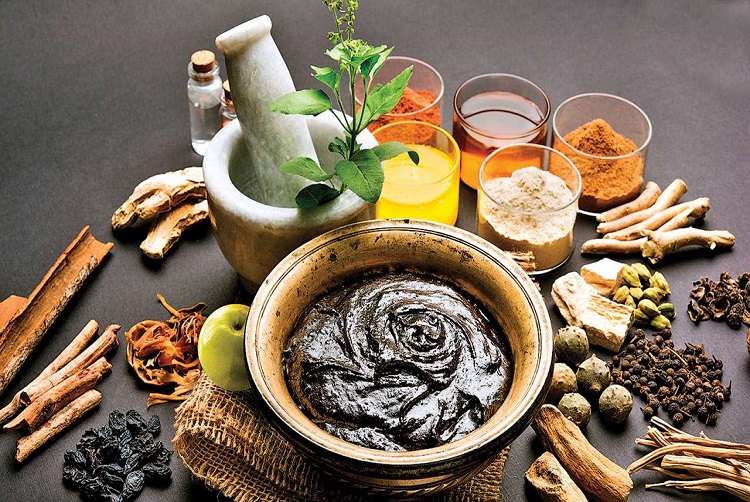Ayurveda is a holistic approach to health designed to help people live long, healthy, balanced lives. Ayurveda Samhita Siddhant is one of the most important department of Ayurveda which deals with the Basic Principles and philosophy of this ancient science. It deals with the divine language Sanskrit that helps us to read and understand the classical textbooks of Ayurveda. It contributes to the academic structure in three sections.

The subject of Rachana Sharira encompasses the study of human anatomy and its clinical significance, integrating both modern anatomy and Ayurvedic concepts. This department focuses on equipping students with a thorough understanding of the structure of the human body, bridging contemporary anatomical science with the ancient knowledge of Ayurvedic Sharira.
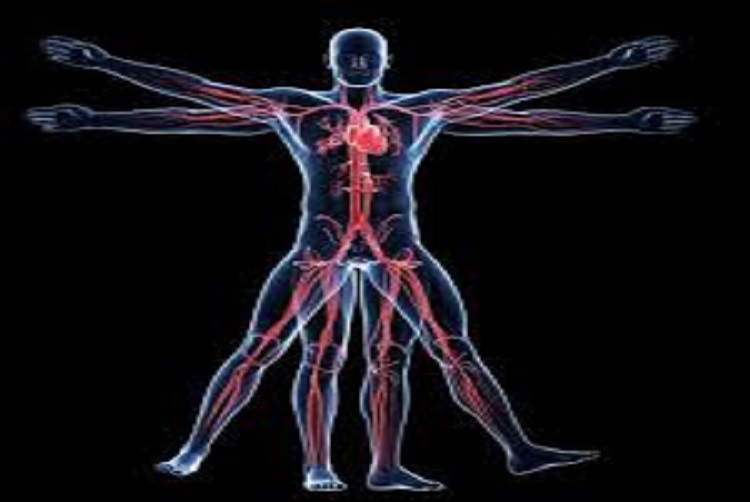
Maintaining a healthy person's health and curing the disease of the diseased one is the main aim of Ayurveda. It is based upon the three pillars of the body i.e. Dosha, Dhatu & Mala. These three entities are the mula of Sharira.
दोष धातु मल मूलं हि शरीरम्

In Ayurveda, Dravyaguna is a significant aspect. It looks closely at the rasa, guna virya, vipaka and prabhava (pharmacokinetics and pharmcodynamics) of herbs. Branch also deals with identification, collection, storage, and preservation of raw materials of plant origin. .The branch also works with finding, gathering, keeping, and protecting natural materials from plants.
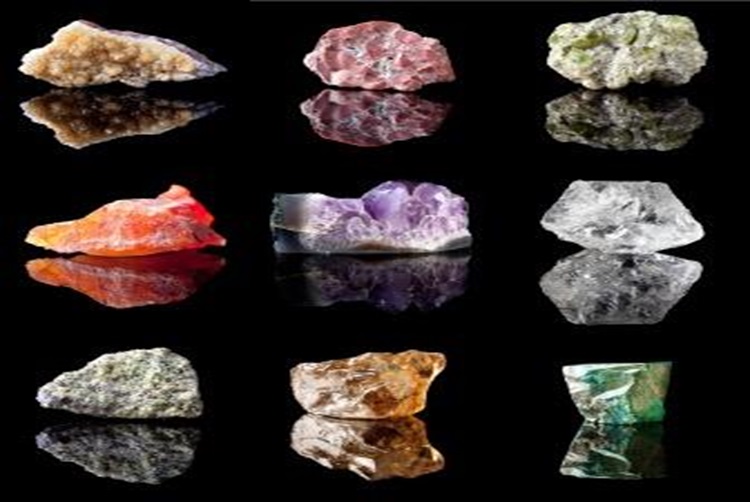
Rasashastra and Bhaishajya Kalpana is important part of both Ayurveda curriculum and practice. This subject plays an important role to fulfill the aim of Ayurveda that is “Prevention and cure of diseases”. Rasashastra deals with preparation and usage of organo-mineral medicines and herbal medicines in Bhaishajya Kalpana.

Agad Tantra deals with study of various venomous animals, insects, plants and combination of poisonous and non poisonous drugs, their impact on health.Food poisoning, adulteration, various types of pollutions, its clinical significance, integrating both modern and Ayurvedic concepts. It's further deals with Gara Visha and Dushi Visha (residual and concomitant poisoning).
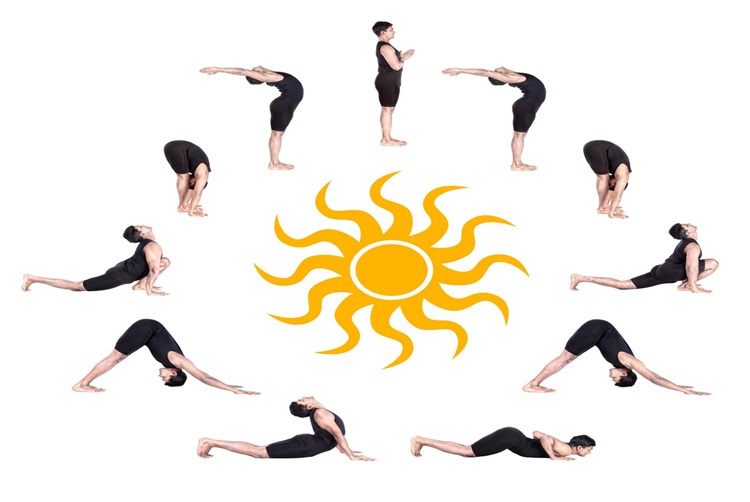
Ayurveda is not only a system of medicine in the conventional sense of curing disease; it is a way of life which describes diet; behavior and rules and regulations that are beneficial for life. It gives a framework of ideal lifestyle. To achieve this Ayurveda has given first preference for maintenance of health.
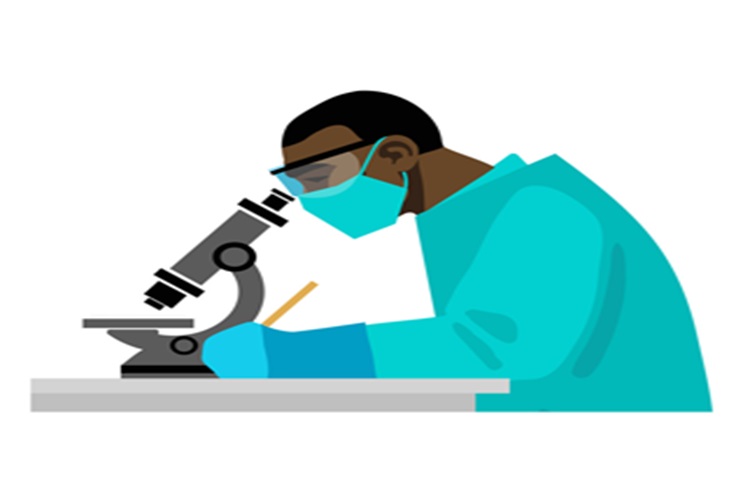
Roga Nidana and Vikriti Vigyan is a subject that gives emphasis on Ayurveda and contemporary diagnostics and pathology. It helps to understand in depth the disease and its pathogenesis, the art and science of clinical examination methods, the required investigations and the interpretations of their results as well.
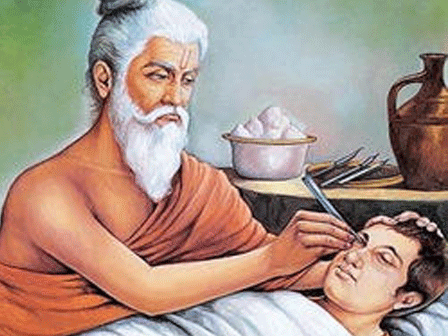
The Department of Kayachikitsa is the foundational pillar of Ayurvedic clinical medicine, dedicated to the diagnosis, prevention, and holistic management of a wide range of systemic disorders.
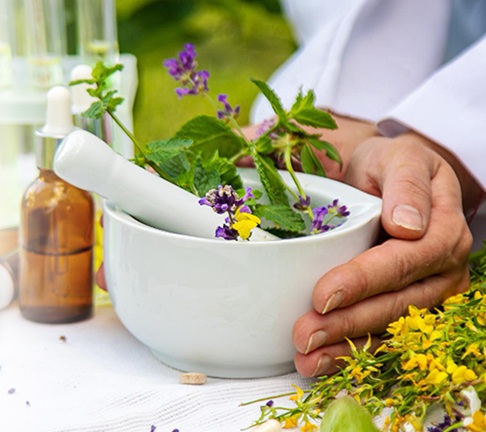
The Department of Kaumarbhritya is dedicated to the holistic health and well-being of children, from newborns to adolescents, based on classical Ayurvedic principles.
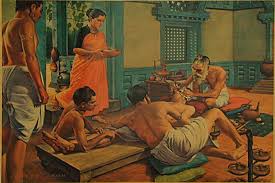
Department of Shalya Tantra is dealing with surgical aspects of the system through imparting quality patient care, teaching, training and various research activities concerning surgery.

Shalakya Tantra is an important branch of Ayurveda that deals with the comprehensive study, diagnosis, prevention, and management of diseases occurring above the clavicle
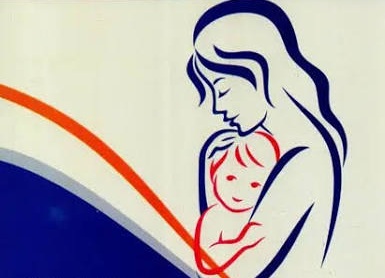
The subject of Prasuti Tantra evam Stree Roga is a vital branch of Ayurvedic science that deals with women’s health, pregnancy, childbirth (Prasuti Tantra), and gynecological disorders (Stree Roga).

